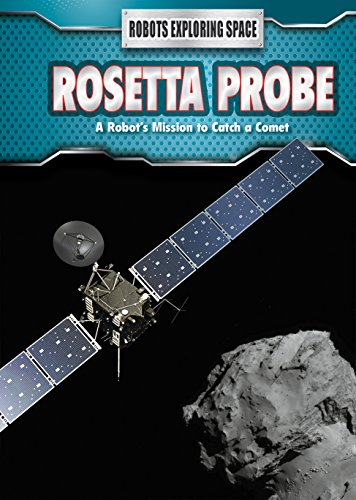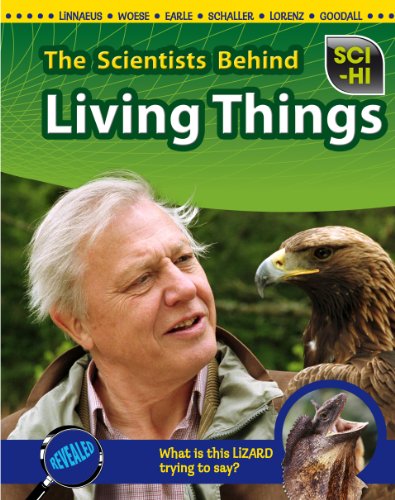-
Mary Anning: Fossil Hunter
Robert Snedden
Library Binding (Gareth Stevens Pub, Aug. 1, 2015)In 2010, the Royal Society named Mary Anning one of the 10 British women most influential in the history of science. Though she wasnt appreciated in her time because she was a woman, Anning certainly earned this distinction. Learn more about her life and work in this book.
-
Adaptation and Survival
Robert Snedden
Paperback (Raintree, Jan. 1, 2012)Why do tigers have stripes? Do they choose to have them, or is that just how they are? Adaptation and Survival explains what is meant by the fitness of an organism and shows how adaptations improve a plant or animal's chances of survival to have offspring. It tackles common confusions about the science and shows how topics are relevant to the reader.
-
Fighting Infectious Diseases
Robert Snedden
Library Binding (Heinemann/Raintree, Jan. 1, 2000)Discusses such infectious diseases as rabies, smallpox, AIDS, influenza, and malaria and describes how they are transmitted and treated. W
W
-
A World of Microorganisms
Robert Snedden
Paperback (Heinemann, April 20, 2007)What is a virus? Who discovered prions in 1982? What are the most ancient life forms on Earth? The books in the 'Microlife' series explore the fascinating, unseen kingdoms of the microscopic world. Each title looks at the ways in which bacteria, viruses, and other microorganisms affect your body and the world around you. X
X
-
The World of the Cell: Life on a Small Scale
Robert Snedden
Paperback (Heinemann, Aug. 27, 2007)This title looks at how cells are put together and how they sustain life by controlling a complex series of chemical reactions. It examines the differences between the two fundamental cell types: the prokaryotes (bacteria and archaea) and the eukaryotes (everything else!). The book shows how the first forms of life were probably cells very similar to some bacteria today. The newly-classified kingdom archaea may also offer clues to the origin of life on Earth. Y
Y
-
Rosetta Probe: A Robot's Mission to Catch a Comet
Robert Snedden
Paperback (Powerkids Pr, Aug. 15, 2016)Rosetta isnt the first probe thats been sent to study comets, but its the most successful as the first spacecraft to closely observe a comet as it approaches the sun. For 10 years, Rosetta moved around the solar system, just so it could finally meet up with the right comet and release a lander to further study it. Readers learn about Rosettas incredible journey from just an idea to a fascinating robot with solar-charging batteries and other special features. From full-color diagrams of Rosetta to informative sidebars about the probes findings, readers are sure to enjoy this books STEM content. S
S
-
Medical Ethics: Changing Attitudes 1900-2000
Robert Snedden
Library Binding (Heinemann/Raintree, )None
-
Plants and Fungi: Multicelled Life
Robert Snedden
Paperback (Heinemann, Aug. 25, 2007)This title examines how cells work together to form the huge range of plants and fungi we see around us. It looks at the typical structure of a plant cell, and points out the ways in which this differs from a typical animal cell. It shows how plant cells have become specialized so that they can carry out different jobs, from photosynthesis to reproduction. This book also looks at the differences between plants and fungi, and how fungi and algae can work together to form lichens. Z
Z
-
The Scientists Behind Living Things
Robert Snedden
Paperback (Raintree, Jan. 1, 2011)This addition to the Sci-Hi series looks at scientists who have made major advances and affected the way we live - men and women, historical and modern, and from a range of cultures. Some are household names, some deserve much greater recognition and credit than they currently receive, and others who have helped us understand and protect living things. X
X
-
Stephen Hawking: Master of the Cosmos
Robert Snedden
Library Binding (Gareth Stevens Pub, Aug. 1, 2015)Includes bibliographical references and index.

